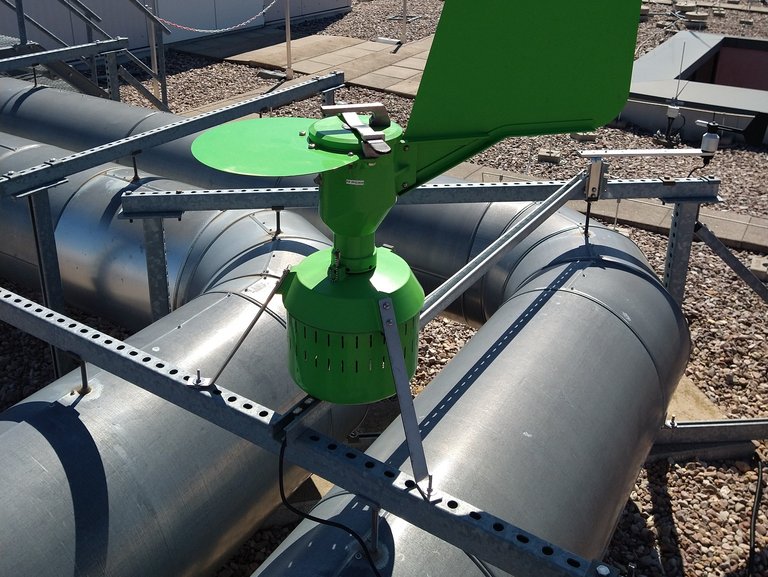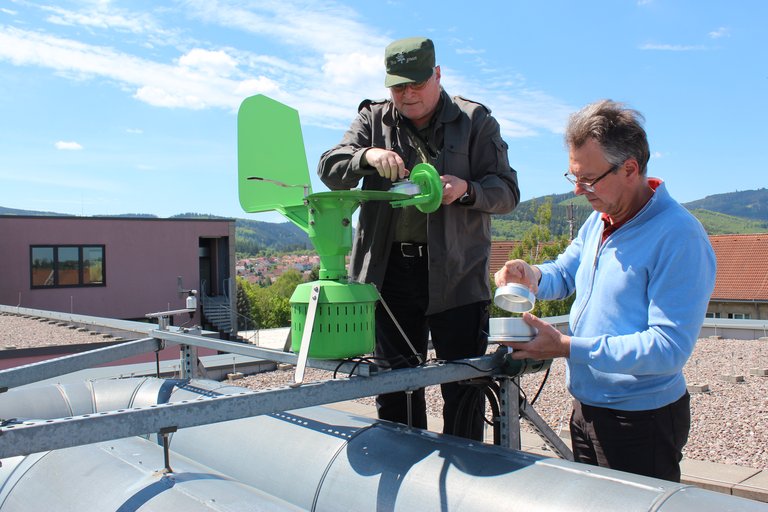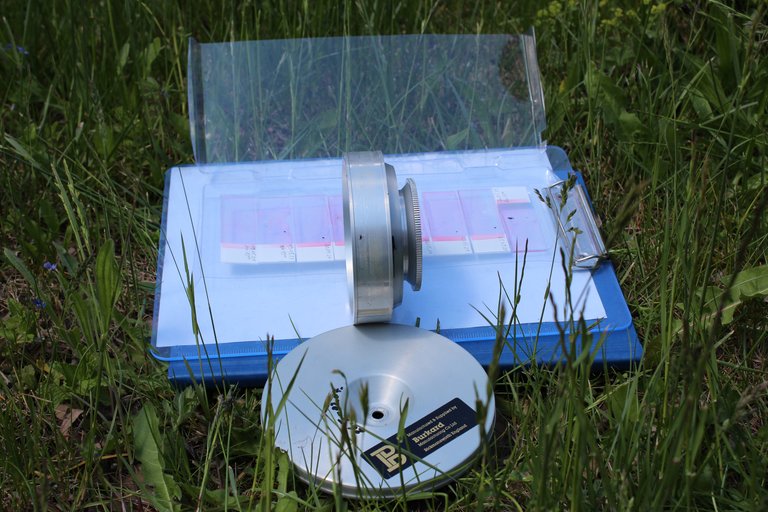With the start of this year's pollen season, the pollen measurement station installed at TU Ilmenau in 2020 officially began operating. This means that one of around 35 stations of a Germany-wide network of the German Pollen Information Service (PID) Foundation, based at the Charité in Berlin, is located on the university campus. Its data provide important information about pollen counts and pollen allergies in the region.

Grasses, rye, birch or hazel: Which pollen count is dominating at the moment? Which pollen is dying down and which blossom is currently heading for its peak? Two employees of the TU Ilmenau are currently working to ensure that such data will also be available for Ilmenau in the future - on a voluntary basis. One of them is Matthias Müller, a laboratory engineer in the Automotive Engineering Group at the Thüringer Innovationszentrum Mobilität. He ensures the technical operation and assists with data acquisition and archiving. He has also been in charge of the weather station in the outdoor area of the Engineering Thermodynamics Group at the university for many years. "This commitment to the weather station moved the PID to ask me whether we could set up and rue a pollen measurement station at the TU in addition to the weather station. And in view of the importance of the topic for people and the environment, we were of course happy to support this work of the PID," says Matthias Müller.

Pollen analysis for the German Weather Service and the European Pollen Database
In the pollen-analytical evaluation, at least the eight pollen species are taken into account which are of particular importance for pollen allergy sufferers: Hazel and alder pollen, which are mostly in the air in February and March, ash and birch pollen from April at the latest, grass blossom and rye blossom in early summer, as well as mugwort from mid-July and ragweed in late summer.
The results of the pollen counts are stored in the pollen database of the PID, which records all data from the stations of the monitoring network, and are then used to produce the weekly pollen forecast. At the same time, they serve the German Weather Service (DWD) as a basis for its dailypollen load forecasts. In addition, the pollen data is entered into the European pollen database (European Aeroallergen Network - EAN) and is thus also available for research purposes. Matthias Müller:
Without the commitment of qualified staff, the operation of such a station would not be possible, but also not without the support of the respective departments and other areas of the university - from the administrative division of Buildings and Technology to the building operator Caverion and the security service.
In the meantime, Dr. Schilling has retired and evaluates the microscopic preparations in his home laboratory in Suhl. He would like to hand over this work, which requires around three hours of work each week, to a successor in the coming months, also because of the long travel time. Interested parties can contact Matthias Müller by e-mail or by phone at +49 3677 69-2464.
Further information is available at: https://www.pollenstiftung.de/stiftung.html
More on the subject of pollen: TU Ilmenau develops method for automated pollen analysis

Contact
Dipl.-Ing. Matthias Müller
Laboratory Engineer, Thüringer Innovationszentrum Mobilität

